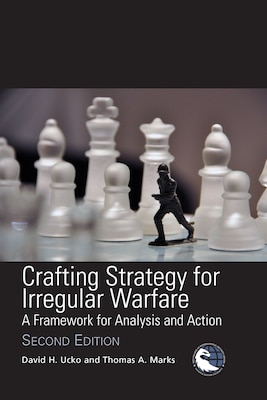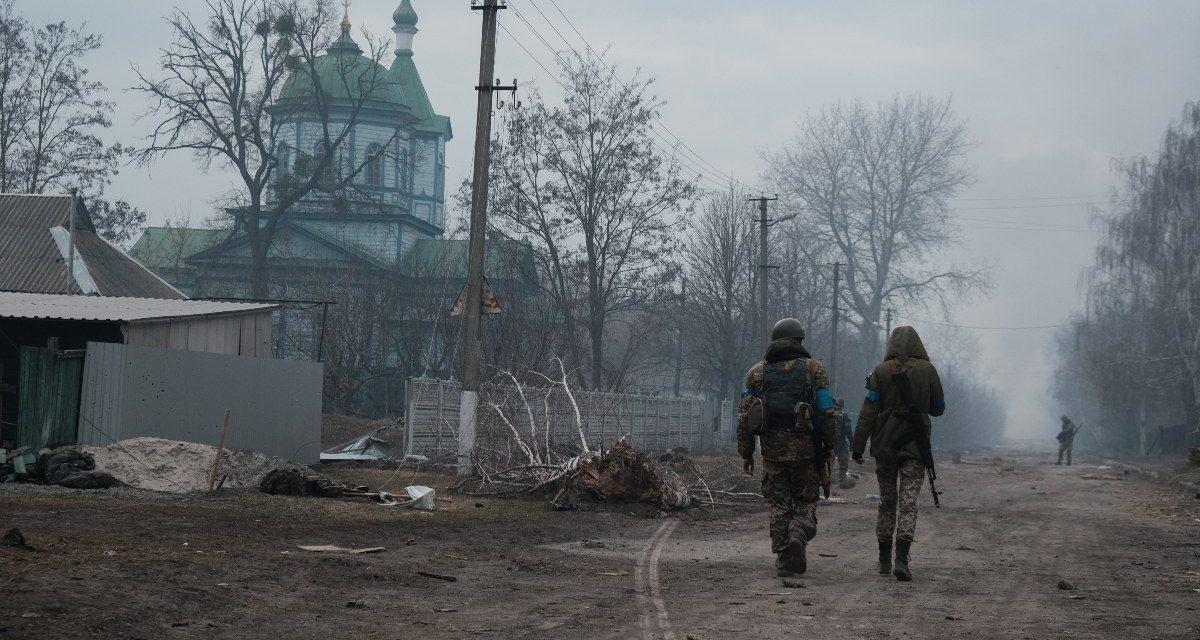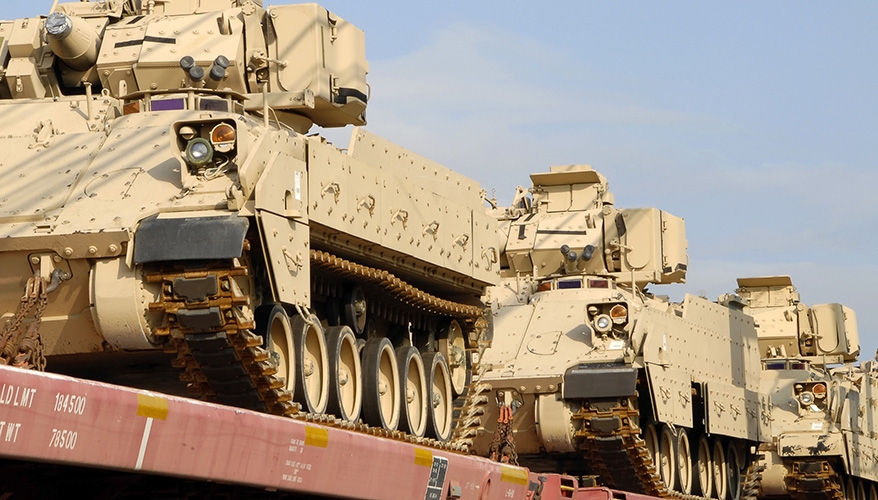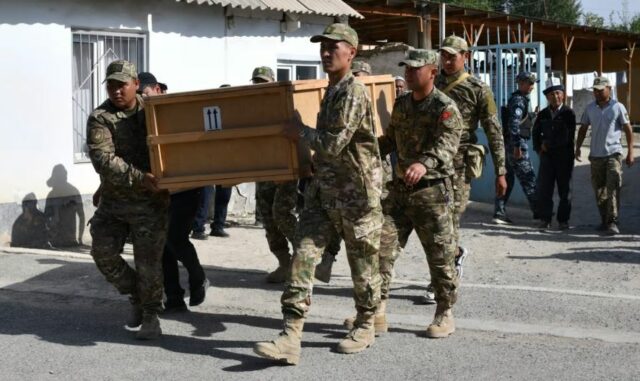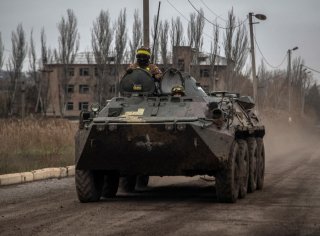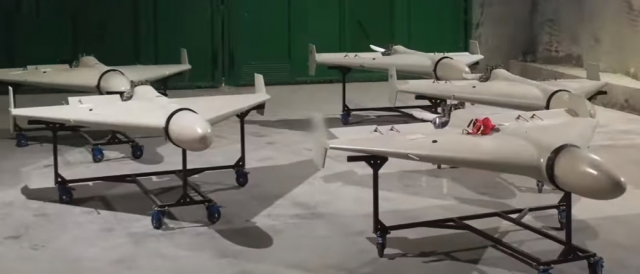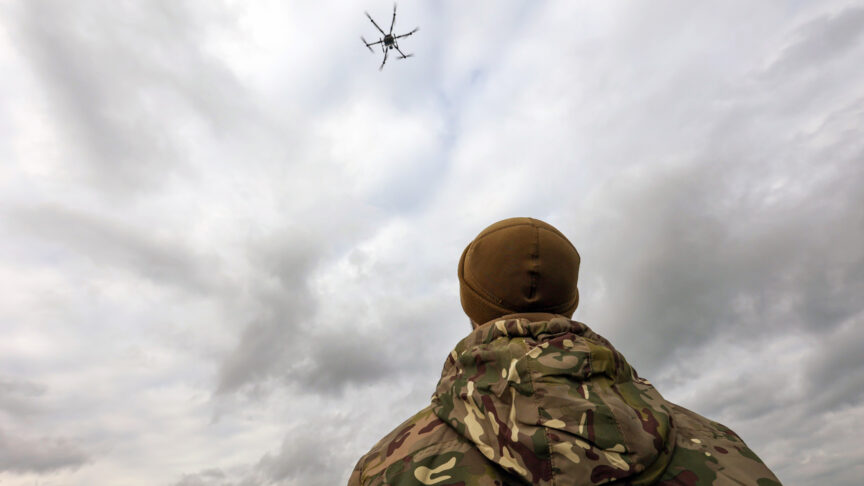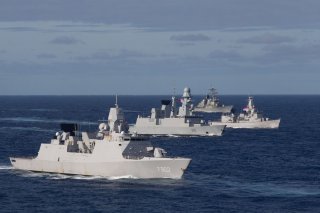
SINCE RUSSIA LAUNCHED its catastrophic full-scale invasion of Ukraine in February, the cyberwar that it has long waged against its neighbor has entered a new era too—one in which Russia has at times seemed to be trying to determine the role of its hacking operations in the midst of a brutal, physical ground war. Now, according to the findings of a team of cybersecurity analysts and first responders, at least one Russian intelligence agency seems to have settled into a new set of cyberwarfare tactics: ones that allow for quicker intrusions, often breaching the same target multiple times within just months, and sometimes even maintaining stealthy access to Ukrainian networks while destroying as many as possible of the computers within them.
At the CyberwarCon security conference in Arlington, Virginia, today, analysts from the security firm Mandiant laid out a new set of tools and techniques that they say Russia’s GRU military intelligence agency is using against targets in Ukraine, where the GRU’s hackers have for years carried out many of the most aggressive and destructive cyberattacks in history. According to Mandiant analysts Gabby Roncone and John Wolfram, who say their findings are based on months of Mandiant’s Ukrainian incident response cases, the GRU has shifted in particular to what they call “living on the edge.” Instead of the phishing attacks that GRU hackers typically used in the past to steal victims’ credentials or plant backdoors on unwitting users’ computers inside target organizations, they're now targeting “edge” devices like firewalls, routers, and email servers, often exploiting vulnerabilities in those machines that give them more immediate access.
